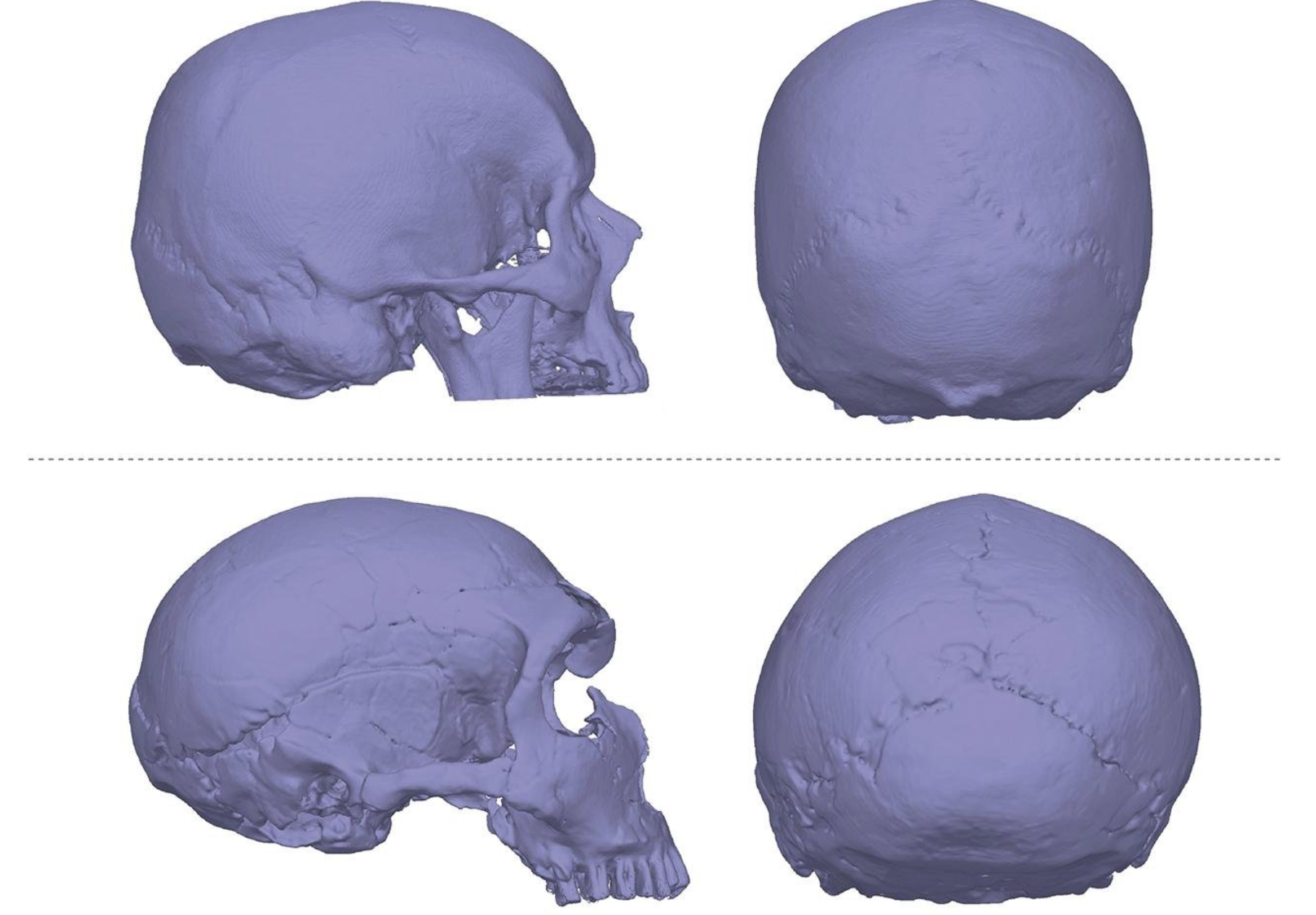Did Neanderthal DNA Cause Your Headaches?
A fascinating new study suggests that some modern humans may suffer from a serious neurological condition thanks to our distant ancestors, the Neanderthals. Researchers have found a link between Neanderthal DNA and a rare disorder called Chiari Malformation Type I (CM-I), a condition where part of the brain pushes through the base of the skull into the spinal canal.
This condition, which affects around 1% of the population, more than previously thought, can lead to symptoms such as headaches, dizziness, neck pain, and in severe cases, even death.
CM-I occurs when the lower part of the cerebellum (the region of the brain that controls balance and coordination) herniates downward due to a smaller-than-normal occipital bone at the back of the skull. While we’ve known the physical cause of CM-I for some time, its evolutionary background has remained something of a mystery, until now.
A research team led by Dr Kimberly Plomp at the University of the Philippines Diliman and Professor Mark Collard at Simon Fraser University has found compelling evidence linking CM-I to inherited skull shapes with Neanderthal origins. Their findings, published in Evolution, Medicine, and Public Health, are based on genetic traits passed down through interbreeding events that occurred over 40,000 years ago.
Using 3D CT scans and detailed geometric analysis, the researchers studied 103 modern human skulls: 46 from individuals diagnosed with CM-I and 57 from those without the condition. They compared these with fossil skulls from various ancient human species, including Homo erectus, Homo heidelbergensis, Neanderthals (Homo neanderthalensis), and early Homo sapiens.
The skulls of individuals with CM-I bore a closer resemblance to Neanderthals than to modern humans without the condition. They typically showed reduced height in the cranial vault and a foramen magnum (the opening at the base of the skull) positioned more forward than usual, features seen in Neanderthal anatomy. Interestingly, skulls from other extinct human species like Homo erectus and Homo heidelbergensis aligned more closely with people who did not have CM-I, narrowing the likely genetic source of the disorder to Neanderthals specifically.
“This supports what we now call the Neanderthal Introgression Hypothesis,” said Dr Plomp. Professor Collard added that, if further research confirms this connection, screening for Neanderthal-related genes in children might one day become part of routine health assessments.
The idea that our modern brains may not always perfectly match skulls influenced by ancient DNA isn't entirely new. It was first proposed in 2013 by Dr Yvens Barbosa Fernandes of the State University of Campinas. He suggested that the round shape of the modern brain might not fit well in skulls shaped by archaic human DNA, especially that of Neanderthals, who had longer, more oval-shaped skulls.
The amount of Neanderthal DNA varies among populations. Most non-Africans carry between 1–2.3% Neanderthal DNA, while African populations have far less. This raises the possibility that CM-I might be more common in European and Asian groups, though further research is needed to confirm any regional patterns.
While the study sheds important light on the evolutionary roots of CM-I, the authors acknowledge its limitations, such as the relatively small fossil sample size. They also note that future work should look into whether CM-I-related skull differences develop early in life, and how the shape of the brain and skull interact in affected individuals.
Despite these unanswered questions, the research marks a significant step forward in our understanding of CM-I. Thanks to cutting-edge 3D analysis, scientists have been able to pinpoint previously unidentified anatomical features associated with the condition, and trace its origins back tens of thousands of years.
So next time you get a headache, just remember: your ancient ancestors might have had something to do with it.

